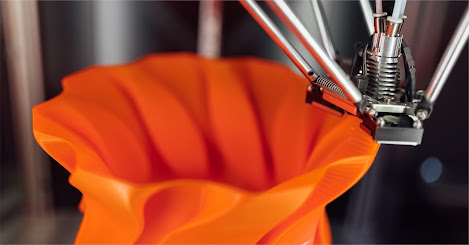HLH Prototypes Co LTD - The Best Plastic Injection Molding Company in China

Injection molding can crank out identical plastic parts quickly and efficiently. This high-volume and repeatable process saves time and money for complex parts, but choosing the right manufacturer is key. Not all China-based injection mold service providers offer the same quality, so research is crucial. Here at HLH Prototypes, we work with many companies looking to require affordable and fast injection molding services for low-volume production of up to 100,000 parts. Moreover, we make sure their parts are identical to their final versions using production-grade materials. These capabilities put us among the best prototype manufacturing partners for designers and engineers in various industries, such as automotive, aerospace, telecommunications, and medical. In this blog, we’ll share other factors that make us the best company to engage for your China injection mold project. End-use prototype manufacturing Our injection molding capabi...

